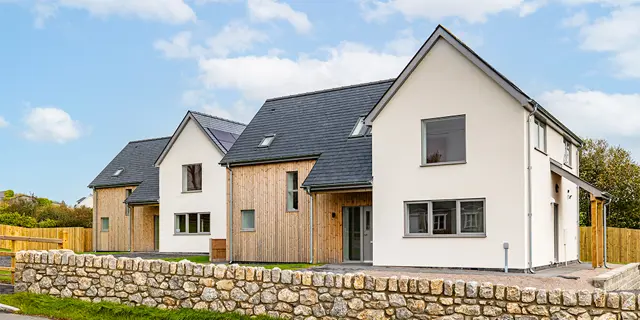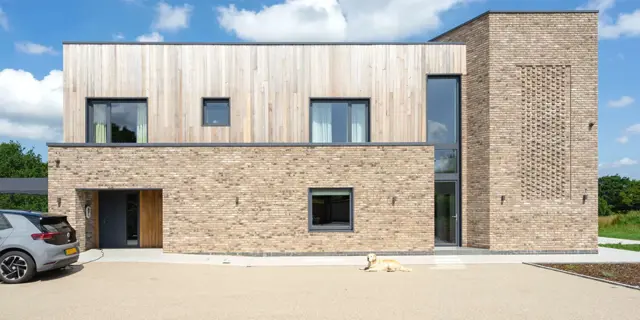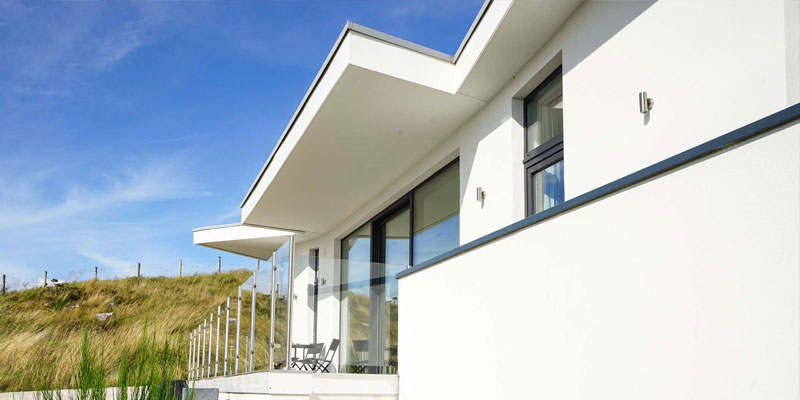Passivhaus Windows: The Key to Energy-Efficient Homes
In the quest for energy-efficient and sustainable living, Passive House (Passivhaus) design principles have gained increasing prominence. At the heart of Passive House construction lies a commitment to minimizing energy consumption while maximizing comfort and indoor air quality. One essential component of Passive House design is the use of specialized windows known as Passive House windows. In this blog, we delve into what exactly a Passive House window is and why it's integral to achieving the goals of energy efficiency and sustainability.
What is a Passive House Window?
A Passive House window, also referred to as a Passivhaus window, is a high-performance window system designed to meet the rigorous standards of Passive House construction. These windows are engineered to provide exceptional thermal insulation, airtightness, and solar heat gain properties, thereby minimizing heat loss and reducing the need for mechanical heating and cooling.
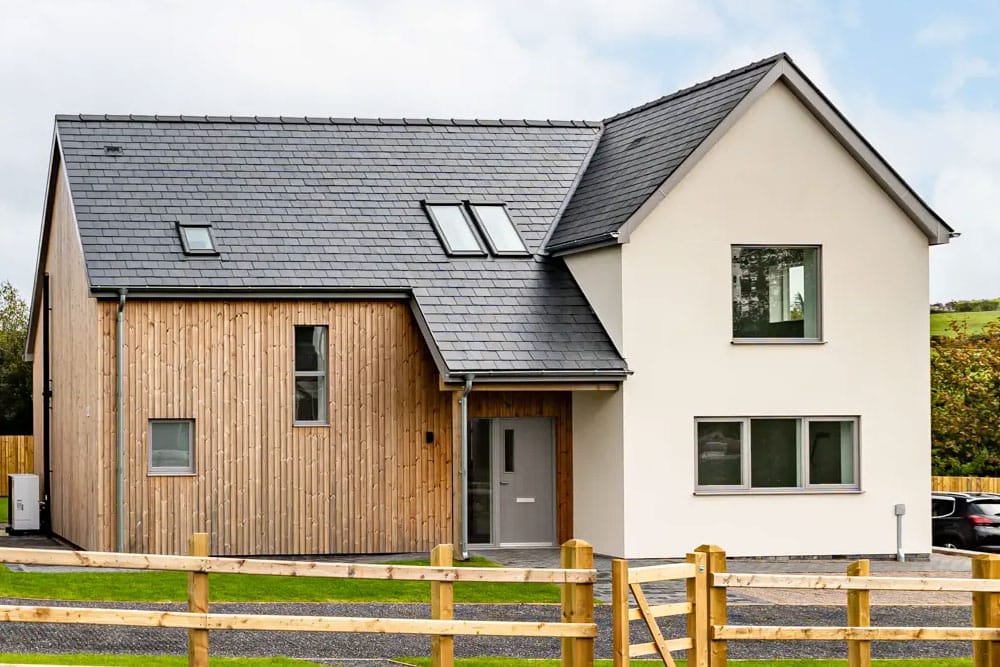
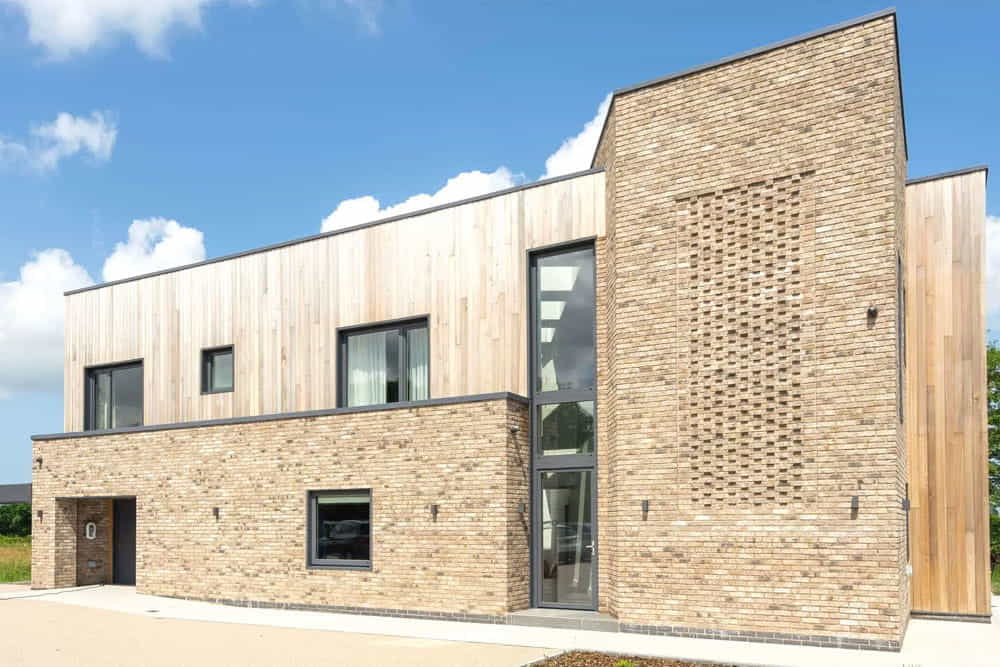
Key Features of Passive House Windows
1. Triple Glazing: Passive House windows typically feature triple-glazed panes, comprising three layers of glass separated by insulating gas-filled cavities. This triple-glazing configuration significantly improves thermal performance, reducing heat transfer through the window and preventing cold spots and condensation.
2. Low-E Coatings: To further enhance energy efficiency, Passive House windows often incorporate low-emissivity (low-E) coatings on the glass surfaces. These coatings minimize heat loss by reflecting radiant heat back into the interior during the winter months while reducing solar heat gain in the summer, helping to maintain comfortable indoor temperatures year-round.
3. Insulated Frames: In addition to triple-glazed panes, Passive House windows feature insulated frames constructed from materials with low thermal conductivity, such as uPVC, timber, or fiberglass. These insulated frames minimize thermal bridging, where heat can escape through the window frame, ensuring maximum energy efficiency and comfort.
4. High-Quality Seals and Gaskets: Airtightness is a crucial aspect of Passive House design, and Passive House windows are equipped with high-quality seals and gaskets to minimize air leakage. This tight seal prevents drafts and heat loss, contributing to the overall energy performance of the building envelope.
Benefits of Passive House Windows
1. Energy Efficiency: By minimizing heat loss and solar heat gain, Passive House windows help reduce the energy demand for heating and cooling, leading to significant energy savings over the lifespan of the building.
2. Comfort: The exceptional thermal insulation and airtightness of Passive House windows create a comfortable indoor environment with consistent temperatures and reduced drafts, enhancing occupant comfort and well-being.
3. Health and Indoor Air Quality: Passive House windows contribute to improved indoor air quality by minimizing condensation and moisture buildup, which can lead to mold growth and respiratory issues. The airtight construction also helps prevent the infiltration of outdoor pollutants, ensuring a healthier living environment.
4. Durability and Longevity: Passive House windows are built to high-quality standards, with durable materials and precision engineering designed to withstand the rigors of weather and time. Their longevity reduces the need for frequent maintenance and replacement, further enhancing their sustainability credentials.
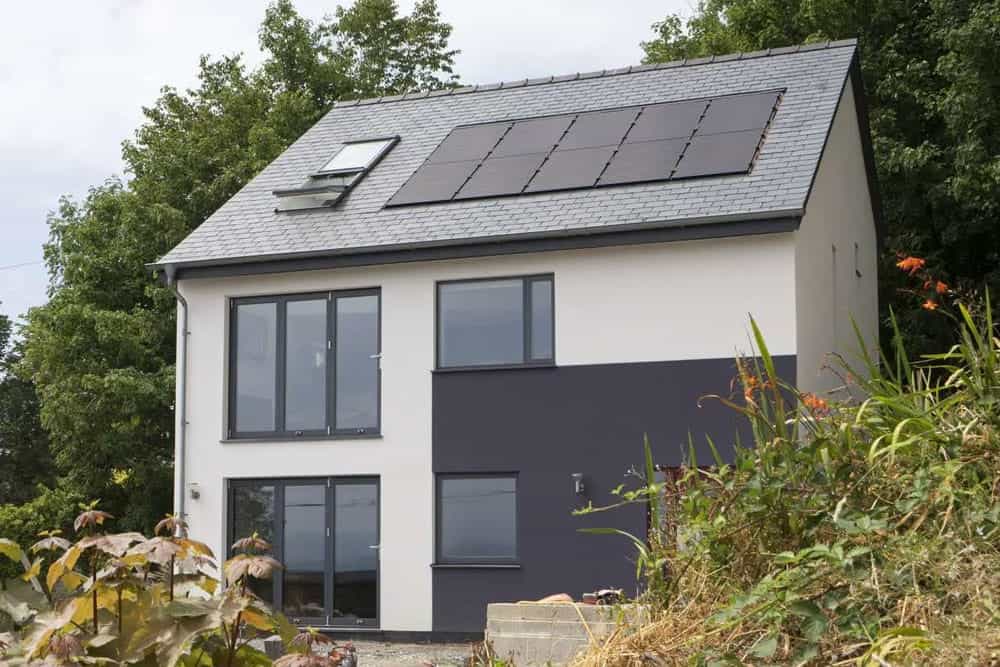
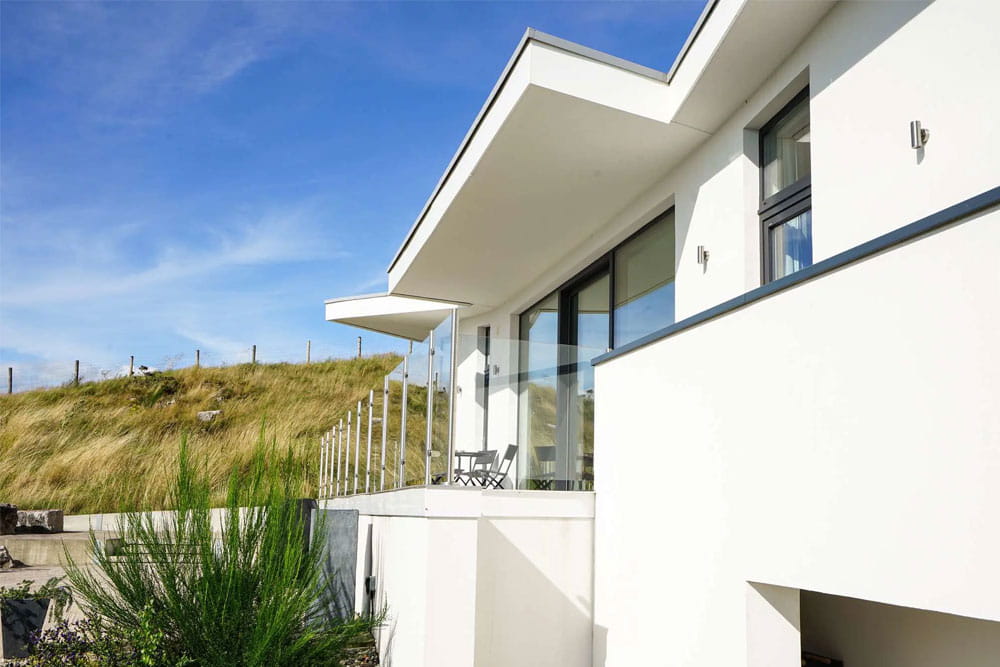
Conclusion:
Passive House windows play a pivotal role in achieving the goals of energy efficiency, comfort, and sustainability in Passive House construction. With their advanced thermal performance, airtight construction, and high-quality materials, these windows not only reduce energy consumption and utility costs but also enhance indoor comfort and occupant well-being. As the demand for energy-efficient buildings continues to grow, Passive House windows are poised to become an integral feature of sustainable architecture, setting new standards for performance and environmental responsibility in the built environment.
